Now that Italy is opening back up domestically after a few months of coronavirus-related lockdown and travel restrictions, Italians have been enjoying the rare opportunity to admire their country’s iconic sights without the crush of foreign tourists. Stories highlighting “Italy without the crowds” – a nearly empty Vatican, peaceful Cinque Terre, Pompeii with just a dozen visitors – have made headlines across the globe and produced once-in-a-lifetime photos.
We’ll let you in on a secret: visiting Italy’s top sights without the crowds has always been possible, even before COVID-19 threw a wrench into the gears of international travel. Tourism in Italy is very seasonal, so if you visit during the quiet winter months, you can enjoy some of the most popular tourist sights in the world virtually on your own.

(Photo by CIU Travel via Flickr)
During the high-season summer months, we are busy with clients traveling through Italy and Switzerland, so we often plan our research trips outside of the peak travel times, which also gives us a chance to speak with local guides and hotel general managers who are too busy during the high season to even say hello. As a result, we’ve seen much of Italy and Switzerland perfectly socially distanced, long before it became a household term.
As the world readjusts its schedule in reaction to the coronavirus pandemic, consider an off-season trip to Italy or Switzerland as a safer, less crowded alternative to the traditional summer holiday. Not only will you be able to enjoy the beauty of these two countries with peace of mind, but you can also savor the slower pace and more personalized attention that winter brings.
If you have to keep in contact with the office during an off-season trip, the time zones make it easy to take that morning zoom meeting right after lunchtime. Just be sure that you have your data sorted before departure, as off season travel may require more connectivity.
Going through our travel photos over these past few months, we’ve been reminded of our top crowd-less memories in Italy and Switzerland, and wanted to share them with you!
Italy
Portofino
When: Valentine’s Day
The colorful resort town of Portofino on the Italian Riviera is a popular bolthole for the international jet set in the summer, home to tony boutiques and postcard-ready sea views. We happened to be coming through in February, and thought we would find the center completely shuttered. Instead, it’s timeless charm really shone through on this quiet yet balmy winter day, without the masses of yachterati and cruise ship groups coming through. We lingered at a sidewalk cafe overlooking the harbor and enjoyed a romantic aperitivo while taking in the bobbing boats moored here through the winter.
Insider tip: Some businesses may be closed in the slower low season, so check in advance if there is a restaurant or shop you particularly want to visit.

(Photo by CIUTravel via Flickr)

(Photo by CIUTravel via Flickr)
Venice
When: After January 6th and before Carnevale
Venice without the crowds may seem like an impossible dream, but if you visit during that magical sweet spot between when the Christmas and New Year’s holiday crowds leave and the Carnevale madness begins, you’ll be captivated by the haunting quiet of its canals and squares. We loved dining surrounded by more gondoliers than tourists, and snuggling under a warm blanket during a gondola ride through the silent city. The upside of visiting Venice in winter is that you’ll find most of the city’s restaurants, shops, and other businesses open.
Insider tip: Venice is bone-chillingly cold in winter, when the winds off the Adriatic bring in low temperatures and penetrating humidity. Be sure to pack accordingly, and be prepared for aqua alta.

(Photo by CIUTravel via Flickr)
Amalfi Coast Boat Cruise
When: Early May
The Amalfi Coast is a destination that is difficult to visit in winter, as the hotels and restaurants along the coastline generally close between November and March. We were visiting in early May, just as the towns along the coast were starting to open back up after their long winter slumber, and caught one of the area’s glorious warm spring days to take a private boat cruise skirting the coastline of Amalfi. There were hardly any boats on the water, and we dropped anchor in the middle of the Li Galli Islets and went for a swim completely alone. It was great!
Insider tip: In April and May, the weather is still a bit unpredictable, so be prepared to postpone your boat cruise to the following day/s if the sea conditions aren’t optimal.
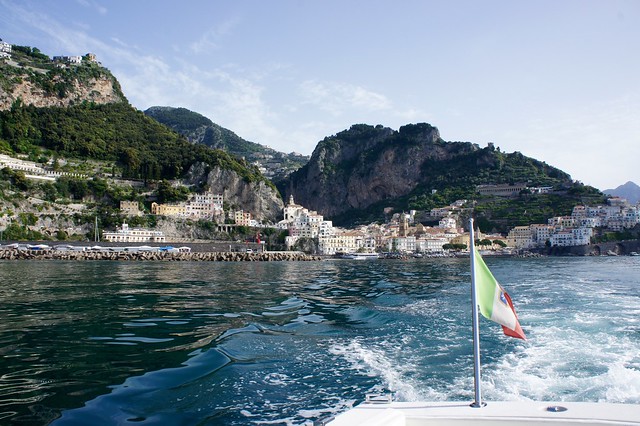
(Photo by CIUTravel via Flickr)
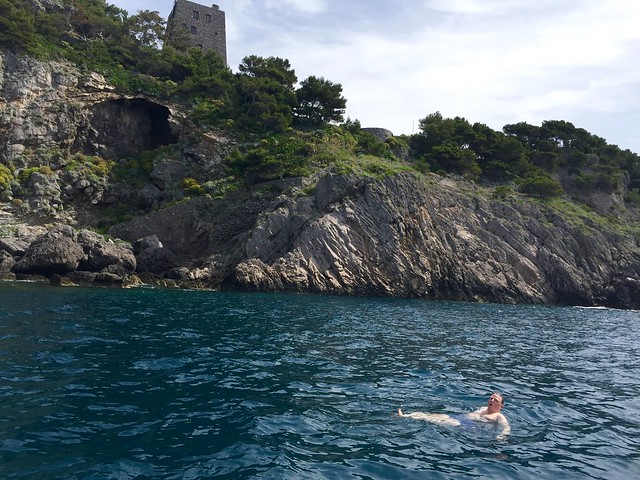
(Photo by CIUTravel via Flickr)
Cortina
When: After January 6th and before the Women’s Downhill
One of the most popular skiing destinations in Italy, Cortina d’Ampezzo is known for its stunning scenery, Olympic-level runs, and high-end luxury boutiques. An easy drive from Venice, this swanky resort town is a popular side trip for those visiting La Serenissima. Over the past few years, the high season has been moving more towards February as the snow begins to accumulate, but in mid-January, you will generally have excellent snow without the packed pistes.
Insider tip: If you’ve never skied, Cortina has several excellent schools providing private instructors or small-group lessons. Maria skied down one of the most challenging runs after just four days of lessons!
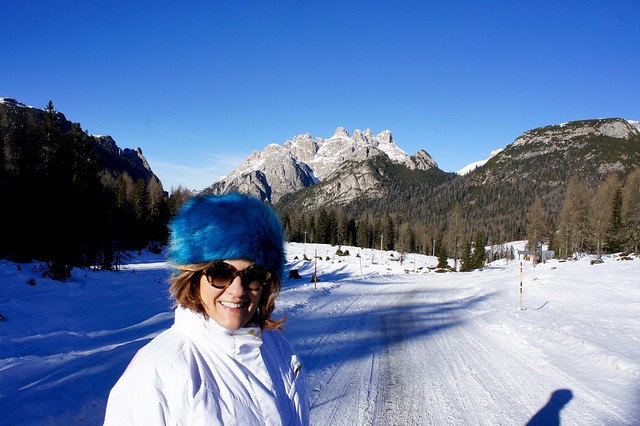
(Photo by CIUTravel via Flickr)
Selinunte
When: April
Selinunte is one of Sicily’s most important archeological parks, home to picturesque ruins of temples dating from the 6th century BC. Later in the summer, the heat and crowds can be oppressive, but in April we found the site empty of visitors and full of wildflowers. Once we walked a bit, we were alone with our guide who offered fascinating insights into the history and architecture of this evocative site. We had a similar experience in the early spring at the Ostia Antica archaeological park outside of Rome.
Insider tip: Even when visiting in spring, the Sicilian sun can be unforgiving. Be sure to bring a hat, sunscreen, and plenty of water.

(Photo by CIUTravel via Flickr)
Rome
When: Late November through early December
The week of Thanksgiving through the Italian holidays of December 7-8 is a great time to visit Rome’s capital city. You won’t find many tourists, the weather isn’t too cold yet, and the city is just getting into the spirit of Christmas. We strolled almost deserted streets of the centro storico, getting a head start on our Christmas shopping and enjoying the streets and squares normally packed shoulder to shoulder with bus tour groups now full of locals.
Insider tip: If you do some major holiday shopping, be sure to keep your receipts and fill out all the paperwork you need to claim your VAT refund (https://ciuitaly.com/blog/files/claim-vat-refund.php) upon departure.
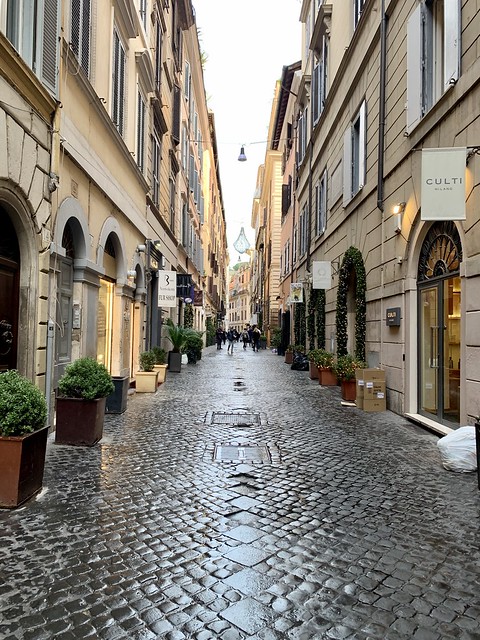
(Photo by CIUTravel via Flickr)

(Photo by CIUTravel via Flickr)
Switzerland
Mürren and St. Moritz
When: March
Like Cortina, Mürren and St. Moritz are two popular ski resorts with a distinct high season that begins before Christmas and stretches through February. We waited until the very tail end of the season to visit, and found plenty of spring skiing without the hordes of British holidaymakers (or even Swiss locals, if you ski midweek). We never waited for a lift, ate in quiet restaurants, and had the hotel pool to ourselves during our stay!
Insider tip: For a dazzling entrance into St. Moritz, consider booking passage on the Glacier Express, considered one of the most scenic train routes in the world.
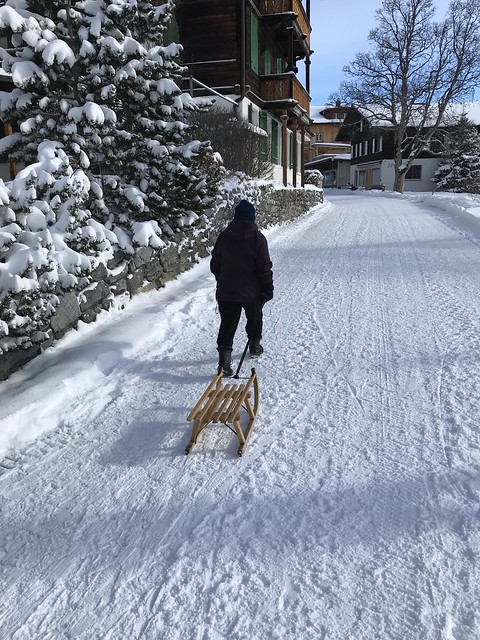
(Photo by CIUTravel via Flickr)

(Photo by CIUTravel via Flickr)
Ice Caves of the Jungfraujoch
When: End of March
Switzerland’s Jungfraujoch, the glacier saddle that reaches an elevation of over 11,000 feet above sea level and is known as the “Top of Europe”, is among the most breathtaking peaks in Europe. There are many sights to take in, but the ice caves are among the most popular and can be crowded in high season. We took the last Jungfraubahn train, the dramatic line between Kleine Scheidegg and Jungfraujoch, the highest railway station in Europe. We had time to see the caves before hopping on the last train back down, all with very few fellow visitors.
Insider tip: You’ll want to bring a camera (or a decent smartphone camera) to capture the views along the train route and from the peak’s scenic overlook.
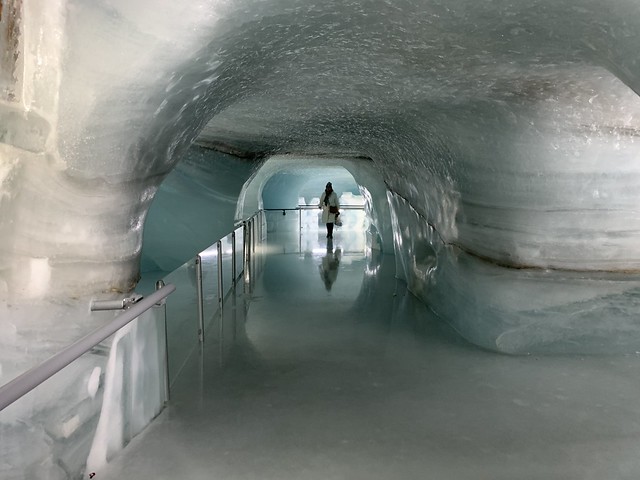
(Photo by CIUTravel via Flickr)


